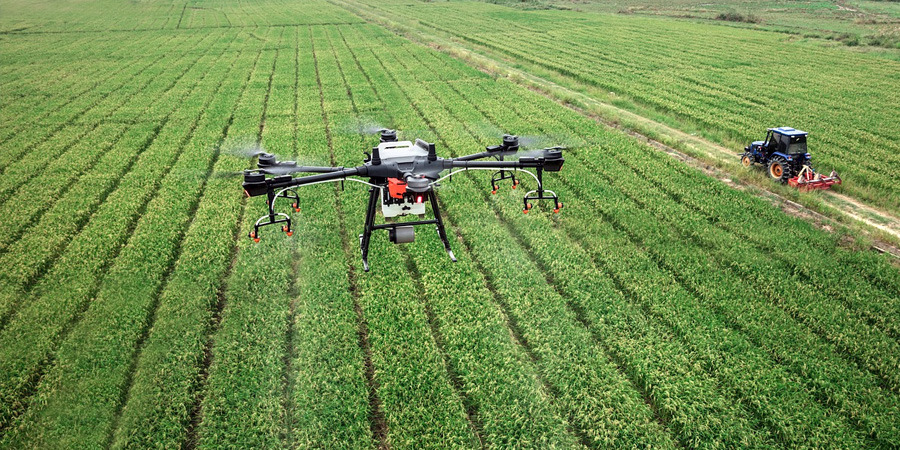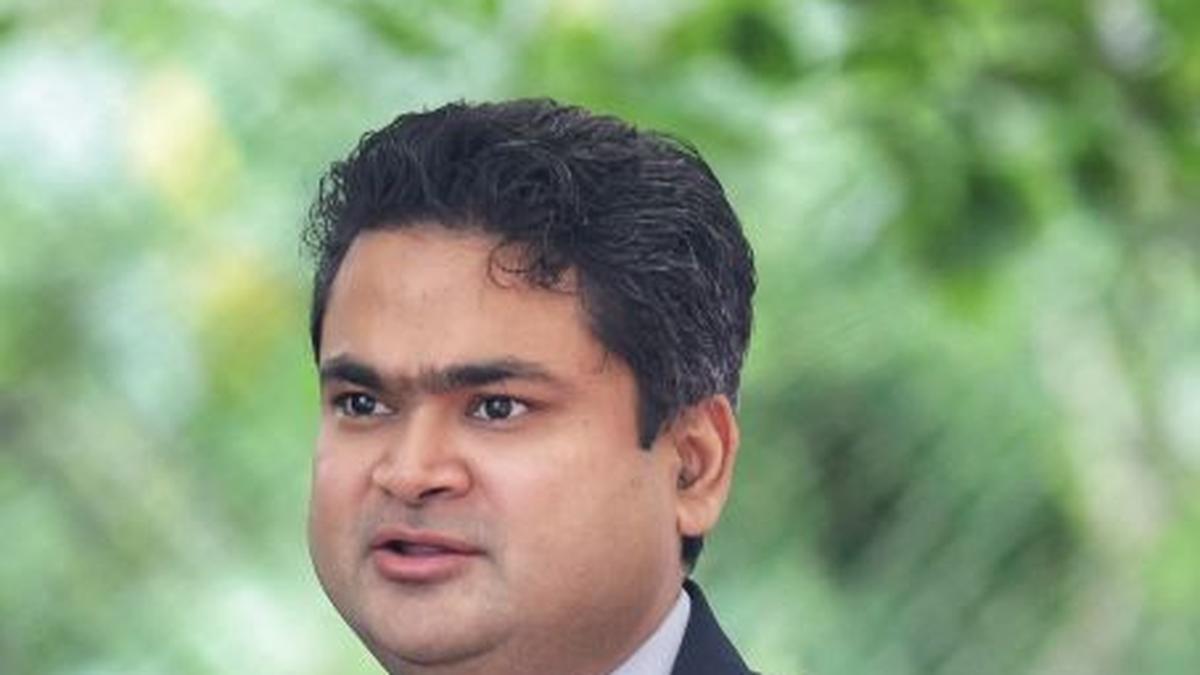
In April, when Duolingo’s CEO, Luis von Ahn, announced the company was going “AI-first,” he wasn’t just making a strategic decision. He was stepping into a spotlight few leaders envy. The decision was bold. The backlash was immediate and unexpected.
Critics called the rollout tone-deaf. Users deleted the app. Commentators flooded social media with post-mortems on what the CEO should have done differently. But here’s what most people missed:
They weren’t in the room when the decision was made.
They didn’t carry the weight of the trade-offs. They didn’t face the timeline, the internal debates, or the reputational risk. And they didn’t have to answer to stakeholders while trying to lead through ambiguity.
Subscribe to the Daily newsletter.Fast Company’s trending stories delivered to you every day
Privacy Policy
|
Fast Company Newsletters
Every high-stakes leader faces this dichotomy. A pharmaceutical executive greenlighting a drug trial. A retail chief ending hybrid work. A startup founder accepting an acquisition and pivoting past the point of no return. The specifics change, but the test remains: Will you default to data alone? Cave to the loudest voice? Or, when no playbook exists, cultivate the discernment to judge your own judgment first?
The Easy Trap: Judging by Outcome
We tend to assume that a good decision-making process leads to a good result. But leadership doesn’t work that way. Outcomes are shaped by countless factors, many outside the leader’s control. The more helpful question is this: Was the process for making the decision sound?
Research by Daniel Kahneman describes outcome bias as the tendency to evaluate decisions based on their results, rather than on the logic and context that produced them. In high-stakes environments, this bias is magnified.
Most people don’t realize how lonely leadership can be at the top. Especially when you’re making irreversible calls. You can gather advice. You can run models. But eventually, someone has to decide. And that someone is often you.
That’s why judgment before the judgment matters. It’s not about getting it right. It’s about being able to live with how you chose. The process becomes your compass when the outcome is uncertain.
What leaders need is a decision framework that creates space to pause, before the final judgment. It might not guarantee a perfect outcome, but it ensures a process you can stand behind. And in high-stakes leadership, that’s what separates reactive choices from principled ones.
Leadership isn’t about predicting the future. It’s about preparing your judgment before it arrives.
The Judgment Before the Judgment Framework
Most people don’t realize how lonely leadership can be at the top. Especially when you’re making irreversible calls. You can gather advice. You can run models. But eventually, someone has to decide. And that someone is often you.
That’s why judgment before the judgment matters. It’s not about getting it right every time. It’s about being able to live with and justify how you made a decision. The process becomes your compass when the outcome is uncertain. It might not guarantee a perfect outcome, but it ensures a process you can stand behind.
As an executive coach working closely with CEOs and senior leaders I often support decision-making moments. This framework helps sharpen that process by focusing on the three dimensions that matter most: perspectives, pressure, and integrity.
1. Perspectives: Who’s in the room?
When pressure builds, leaders often default to voices they know and trust. But this can breed blind spots and echo chambers. The absence of tension often signals the absence of perspective. A McKinsey study on decision-making found that teams with diverse perspectives were significantly more likely to avoid costly strategic errors. And yet, under pressure, many executives unintentionally exclude dissent, not because they fear disagreement, but because they crave certainty.
Goal: Expand your inputs before narrowing your options.
Example: When Microsoft was considering its dramatic shift to cloud computing, Satya Nadella deliberately included dissenting voices from across the organization. “We needed the skeptics at the table,” he later recalled in his memoir Hit Refresh. Cognitive friction and diverse thinking reduces blind spots. Leaders who intentionally invite challenges gain a wider field of vision and fewer regrets.
Ask:
Who am I listening to?
Whose voice am I unconsciously excluding?
Have I actively invited challenges, not just alignment?
Try this:
Assign someone the role of “Shadow Stakeholder.” Have a team member argue from the perspective of someone not in the room, a customer, contractor, regulator, critic, or press. This activates empathy and anticipates real-world backlash.
Open decision-making meetings with this question: “What are we not saying that might matter later?” It gives people permission to speak up, before discomfort shows up in side channels or quiet resistance.
2. Pressure : What’s driving my urgency?
Urgency can become a form of self-deception. Leaders often “borrow” pressure from investors, media cycles, and competitors, and internalize it as their own. What starts as external noise can quietly shape timelines, tone, and trade-offs without anyone naming it. By slowing down to examine the source of urgency, leaders reclaim the ability to choose rather than react. When you name the source of pressure, you reclaim your authority.
advertisement
The pace of technology these days is incredibly fast. And research shows that rushed technological decisions often bypass deeper analysis, leading to choices that optimize immediate outcomes rather than the benefit of customers and society in the long term. Slowing down to assess pressure creates space for deliberate thinking. Leaders need to manage tempo as much as they manage outcomes.
Goal: Name the pressure so it doesn’t dictate the decision
Example: When the pandemic hit in 2020, Zoom saw daily participants jump from 10 million to over 200 million. The pressure to scale was high. But CEO Eric Yuan recognized that the real urgency lay not in scaling, but in trust. He paused new feature rollouts, declaring a “feature freeze,” to focus on security and privacy, naming the true pressure drive. He named the pressure accurately and responded with disciplined context, not reaction.
Ask:
Is this deadline fixed—or self-imposed?
Am I feeling external pressure, or emotional pressure?
What’s the real cost of pausing
Try this:
Ask 3 trusted colleagues to evaluate the decision independently. Don’t brief them together. This surfaces noise reveals blind spots and gives you a clearer signal. As Daniel Kahneman suggests, comparing independent inputs reduces judgment bias before consensus pressures kick in.
Map the pressure chain. Identify who’s behind the urgency, board, media, competitors, and internal stakeholders, and ask: Whose pressure am I absorbing? This turns urgency into a diagnostic tool instead of a trigger.
3. Integrity:Will I stand by this if it fails?
The real test of leadership isn’t whether a decision works out. It’s whether the process can hold under scrutiny, even when the outcome doesn’t go your way.
When strategy, reputation, and speed collide, and if values are not integrated into the transformation decision, the result can feel hollow. Anchoring your decision on a values-aligned process ensures you’re explaining, not regretting, your choices.
Decisions made with integrity build internal trust and external credibility. They allow leaders to course-correct without losing moral footing. When people trust your process, they’re more likely to stay engaged even through failure.
Goal: Make the call in a way your future self can defend.
Example: When Patagonia’s founder transferred his ownership of the company to a trust dedicated to fighting climate change, the move reflected decades of values-aligned decision-making, even at personal financial cost. His goal? To ensure the company’s profits and governance align permanently with its environmental mission, what Chouinard called “going purpose” rather than “going public.”
Ask:
Would this decision align with our values if it were scrutinized, not just by shareholders, but by employees?
Did I lead with clarity, courage, and transparency?
Would I make the same call again—knowing what I know now?
Try this:
Write the “failure postmortem” in advance. It makes the stakes real and forces you to confront blind spots before they blind you. If you’re not proud of the logic that led you here, that’s a signal.
Conduct a “data friction audit.” Ask your team what data they hesitate to share, and why. This reveals cultural dynamics, misaligned incentives, or unspoken fears that distort decision-making upstream.
What Duolingo’s CEO Got Right—and What It Reveals
Back to Duolingo’s CEO. His “AI-first” announcement hit a nerve. But if you strip away the internet outrage, you’ll see a leader trying to navigate a fast-changing landscape. Trying to position the company for long-term success. Trying to do what the role requires: make the call.
Could the communication have been better? Absolutely. Could the tone have more directly acknowledged the human and emotional cost? Yes. But behind the missteps, you can see the signs of a decision made under pressure, uncertainty, and in service of a larger vision.
That’s a position many CEOs will find themselves in—if they haven’t already.
Thus, the question shouldn’t be, am I making a decision that will lead to the right outcome but rather, what process do I need to make the decision so I can stand behind it with confidence regardless of what happens?
Because sooner or later, your Duolingo moment will come.
Your Duolingo moment is inevitable. Not because you’ll face the same choice, but because every leader’s judgment gets tested when the stakes are high and the path is unclear. The question isn’t whether you’ll make the call, it’s whether your process will stand when others start asking why. Because in the end, people will judge your decisions. Before you make the call, strengthen the judgment that will live with it.



